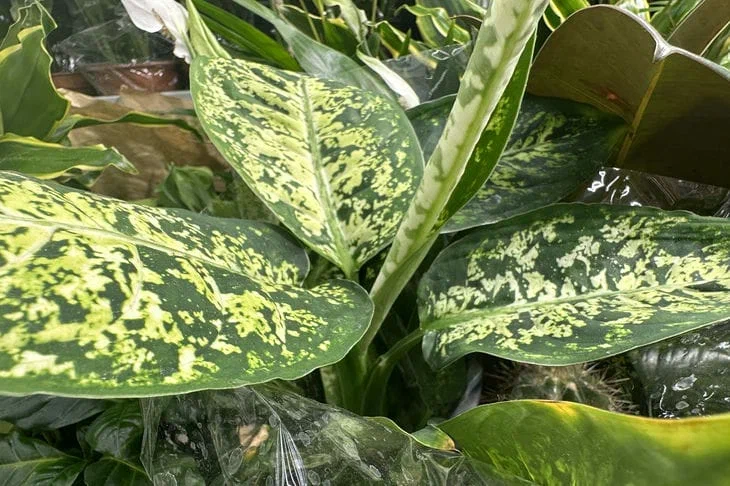Tap water is a silent killer of indoor plants! Chlorine and calcium salts settle on the roots, turning the soil into a toxic desert.
Life hack: let the water sit for 24 hours or use melted water.
Scientists have proven that plants watered with filtered water grow twice as fast.

Boiling won't help - it only increases the concentration of harmful substances.
This mistake is the killer of your plants. Do not water your flowers with boiled water after it has cooled down. There is almost no oxygen in it, but salts remain. The plants "suffocate" and shed their leaves.
Advice for the lazy: buy a distiller. Spend it once and you will get ideal water for watering. Alternatively, freeze water in a bottle, pour out the unfrozen residue (salts are concentrated in it), and melt the ice. This method saves even capricious orchids.
Check the pH - if it is above 7, add 2 drops of lemon juice per liter. Your ficus will come back to life in a week!
There is another worthy option for watering - rainwater.
The liquid collected after a thunderstorm contains nitrogen, which stimulates the growth of greenery. Water begonias and ferns with it - the leaves will become juicy and glossy. But do not use water from roofs covered with resin or paint: the toxins will destroy the roots.
An alternative would be aquarium water, which is essentially a ready-made fertilizer.
Fish waste saturates the soil with nitrogen and phosphorus. Water cacti and succulents with it once a month. But be careful: if sick fish lived in the aquarium, the water will bring pathogens into the pots.
And be sure to pay attention to SOS signals from plants.
White coating on the soil is a sign of salinity. Yellow edges of leaves indicate chlorine. Rinse the roots in filtered water immediately and replace the top layer of soil. For emergency detoxification, add activated carbon to the soil (1 tablet per pot).
